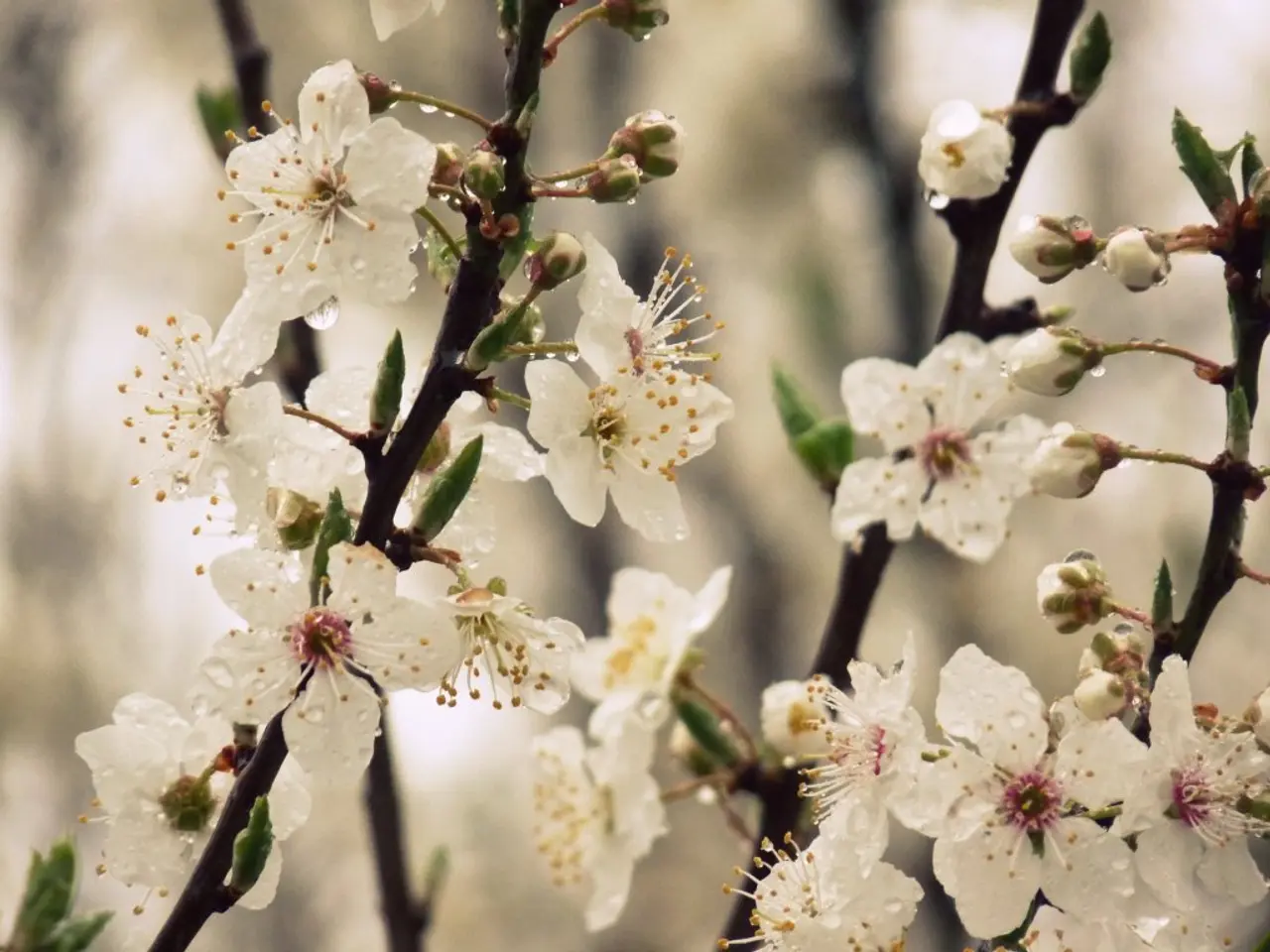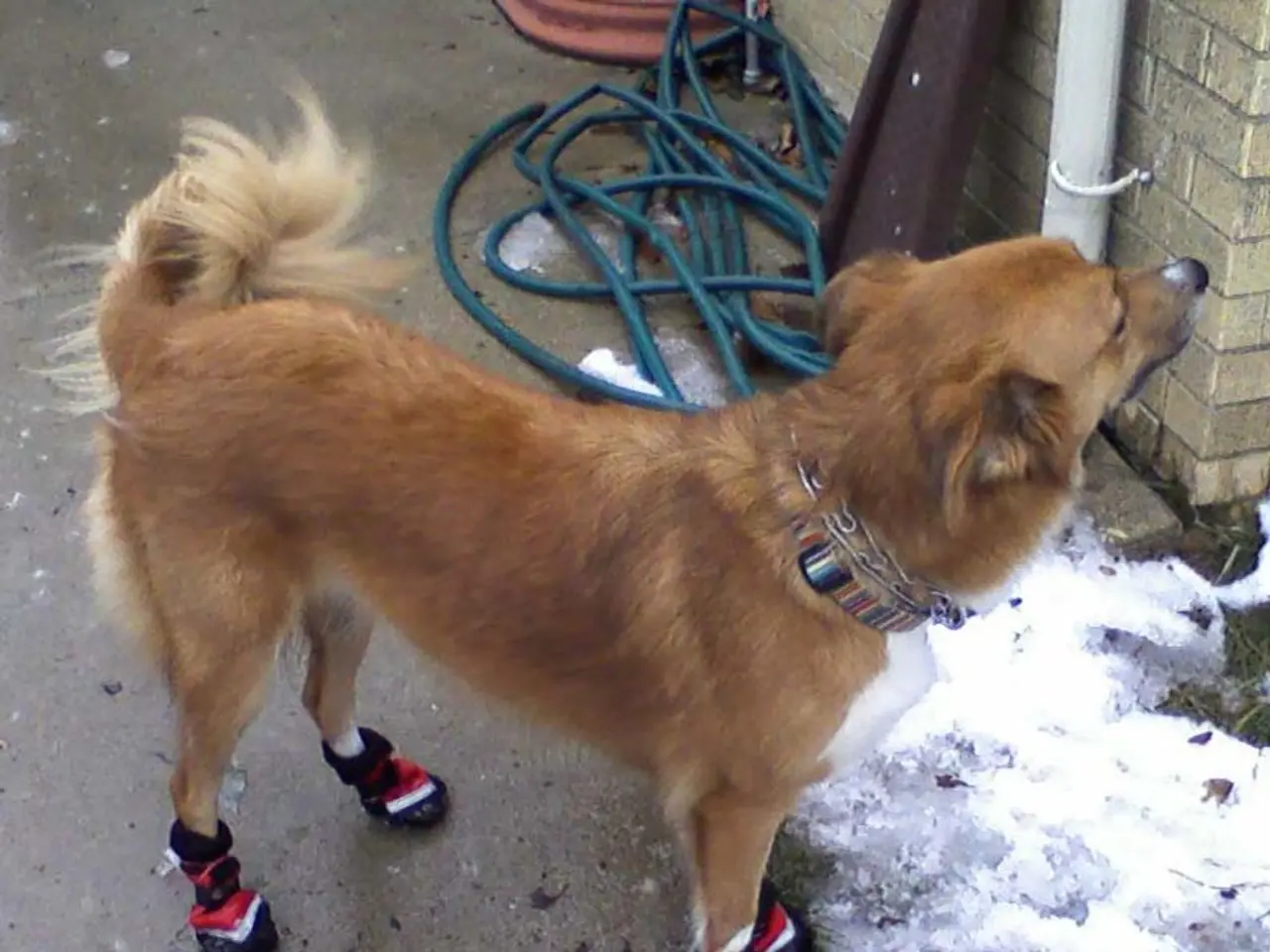Cultivating Hyacinths Made Simple: A Comprehensive Guide on Planting and Nurturing!
Hyacinths, a beloved symbol of spring, are among the simplest bulbs to cultivate and offer a wide variety of cultivars for gardeners to choose from. With roughly 60 cultivars available today, these vibrant blooms are a delightful addition to any garden or indoor space.
To ensure healthy blooms next spring, it's essential to care for hyacinth bulbs during winter. Here's a guide to help you do just that, whether your hyacinths are growing outdoors in the garden, in containers, or indoors for early blooming.
Outdoor Garden
If your hyacinths are growing in the garden, remove spent blooms as soon as they brown, but leave the foliage to die back naturally. Once the leaves have completely died back, lift the bulbs and store them in a cool, dry place until replanting in autumn.
Outdoor Containers
For hyacinths in containers, protect pots by wrapping them with bubble wrap to guard against frost, and move containers to a sheltered spot after flowering fades. After the foliage dies back, lift the bulbs and store them similarly in a cool, dry place during winter.
Indoor Forcing
For indoor forcing (early indoor blooming in winter), bulbs can be placed in pots in well-drained soil and kept in darkness at about 40°F (in a refrigerator or unheated cool space) for 8 to 12 weeks. Then move them to a cool, bright room to encourage sprouting and flowering.
Key points for winter care:
| Care Aspect | Outdoor Garden | Outdoor Containers | Indoor Forcing | |--------------------------|---------------------------------|--------------------------------------|-------------------------------------| | After flowering | Remove spent blooms | Remove spent blooms | N/A | | Leaf care | Leave until dies back naturally | Leave until dies back naturally | N/A | | Bulb lifting & storage | Lift bulbs, store cool & dry | Lift bulbs, store cool & dry | Not stored; chilled for forcing | | Frost protection | Usually hardy if outdoor | Wrap pots with bubble wrap or move indoors | Keep in dark, cool environment | | Temperature for forcing | N/A | N/A | 40°F for 8-12 weeks then 55°F for growth |
By following these guidelines, you can prevent bulb rot and frost damage, ensuring healthy blooms next spring.
Remember, hyacinths grow slowly and emerge as shoots in the spring if planted in the early fall. Hyacinths were first introduced to Europe in the 16th century, and Dutch bulb farmers developed over 2,000 cultivars by the 18th century. When planting, choose large, fat bulbs that are free of illness and rot for the best results. Plant the bulbs three to four times deeper than their height, with the pointy side facing up.
With proper care and attention, you'll be enjoying the beautiful, fragrant blooms of hyacinths in no time. Happy gardening!
- Hyacinths, a popular symbol of spring, offer many cultivars for gardeners to select from, both outdoors and indoors.
- In outdoor gardens, spend blooms should be removed as soon as they brown, while allowing the foliage to die back naturally.
- For outdoor containers, protecting pots from frost using bubble wrap or moving them to a sheltered location is crucial after flowering.
- Indoor forcing (early indoor blooming in winter) requires chilling bulbs in a refrigerator or unheated cool space for 8 to 12 weeks before moving them to a cool, bright room.
- To ensure healthy blooms, choose large, healthy bulbs when planting hyacinths in the early fall, and plant them at least three times deeper than their height with the pointy side facing up.
- Maintaining your home-and-garden lifestyle, whether you're cultivating plants in the garden, outdoor containers, or indoors, requires proper care, attention, and the right choice of organic fertilizer and well-drained soil in pots.




